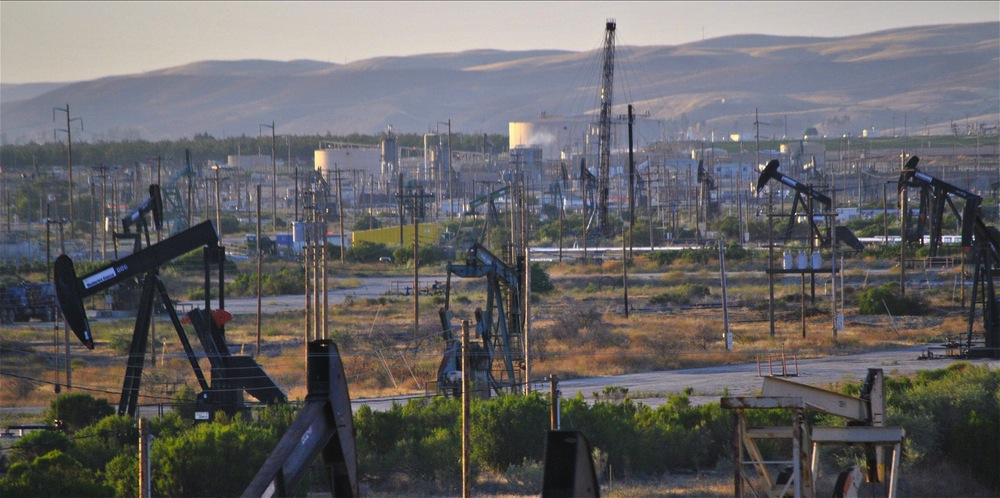There's no shortage of lessons on what happens when you don't plan for potentially catastrophic events. Japan's nuclear industry learned the hard way. The recent financial crisis was so severe partly because Wall Street chose to ignore the possibility house prices could drop everywhere all at once. Japan will recover, and the Fed galloped to Wall Street’s rescue.
But there will be no such rescue if our climate tips into a new, nasty state.
Big decisions — to build flood defenses, invest in a new oil field, or plan climate policy — are generally subject to a ‘cost-benefit analysis.’ Construct a financial model, tally up the benefits and proceed if they outweigh the costs.
This simple idea is quite sensibly the lifeblood of financial decision-making. The model’s treatment of risk and uncertainty is critical. But the dominant climate financial models — like the Dynamic Integrated model of Climate and the Economy (which, ironically, goes by the acronym DICE) — are woefully inadequate. They bury risk and ignore uncertainty, pointing us in precisely the wrong direction.
DICE calculates the costs of climate change policy by adding implementation costs to the risk of economic damage caused by associated levels of warming. It balances that with the economic benefits of avoided environmental damage.
Out pops the optimum rate of investment and warming: let the earth warm, reduce emissions by maybe 10 per cent for century’s end, spend a bit on R&D, but mostly… don’t worry, be happy. This stuff is grist for the status quo.
The flaws in DICE are fatal and obvious. It dumbs the science down so much as to be nearly useless, treating the climate system like a simple oven. It reduces the complexity of climate science to a few linear equations, and ignores dangerous positive feedbacks — like warming oceans releasing carbon dioxide, or a melting North belching huge amounts of methane, a potent greenhouse gas.
It eliminates the possibility of nasty surprises like melting ice caps, ignoring uncertainty rather than treating it with respect (remember that tsunami?).
The climate doesn’t behave like an oven. It’s more like a sleepy dog we poke at with a stick.
It gets worse. DICE calculates climate disruption’s economic fallout with an arbitrary formula that applies only to tiny amounts of warming – less than a degree. But it’s the 4°-6°C of warming that will occur under business as usual that’s the real worry. DICE assigns small costs to massive warming because it can’t calculate the real thing.
And because what benefits we get from action occur far in the future, they’re massively discounted against today’s costs (billions of dollars of damage in 2100 is worth almost nothing today with a high enough discount rate).
Why? The complexity involved doesn’t lend itself to nicely behaved spreadsheets, something the lead author is honest enough to admit. But those who use DICE as evidence against climate action, like Bjorn Lomborg, are not so forthright.
No nasty climate behavior and little cost. Sounds nice – but writing the monsters out of the story doesn’t make them go away. The models used by Japan and Wall Street didn’t include their monsters either. The deep uncertainties associated with climate science and climate economics must be treated with respect. Critics of action point to the uncertainty as a reason to hold off. But uncertainty is precisely where those monsters lie.
Being unable to model something with precision is a reason to be more cautious, not less. A responsible attitude to risk attempts to mitigate precisely the worst case, not hope for the best.
There is another view. The Stern Review on the Economics of Climate Change, commissioned by the British government and released in 2006, includes the possibility of catastrophic climate change and estimates its damage as a loss to global GDP of as much as 20 per cent a year. Put more plainly, that's a collapse of our industrial economy.
The costs of early and aggressive cuts in emissions are treated as a kind of insurance policy against this collapse. Paying something to reduce the risk is common sense.
Sometimes everyday language captures important truths that the quantitative language of science and economics cannot. Climate disruption is dangerous. It puts everything at risk, and is getting frightening. Young people are looking for leadership. Let’s buy that insurance. Any serious economic analysis starts there.
And guess what? It turns out that insurance won’t cost much – maybe the price of a coffee and donut a week, for each of us.



Comments